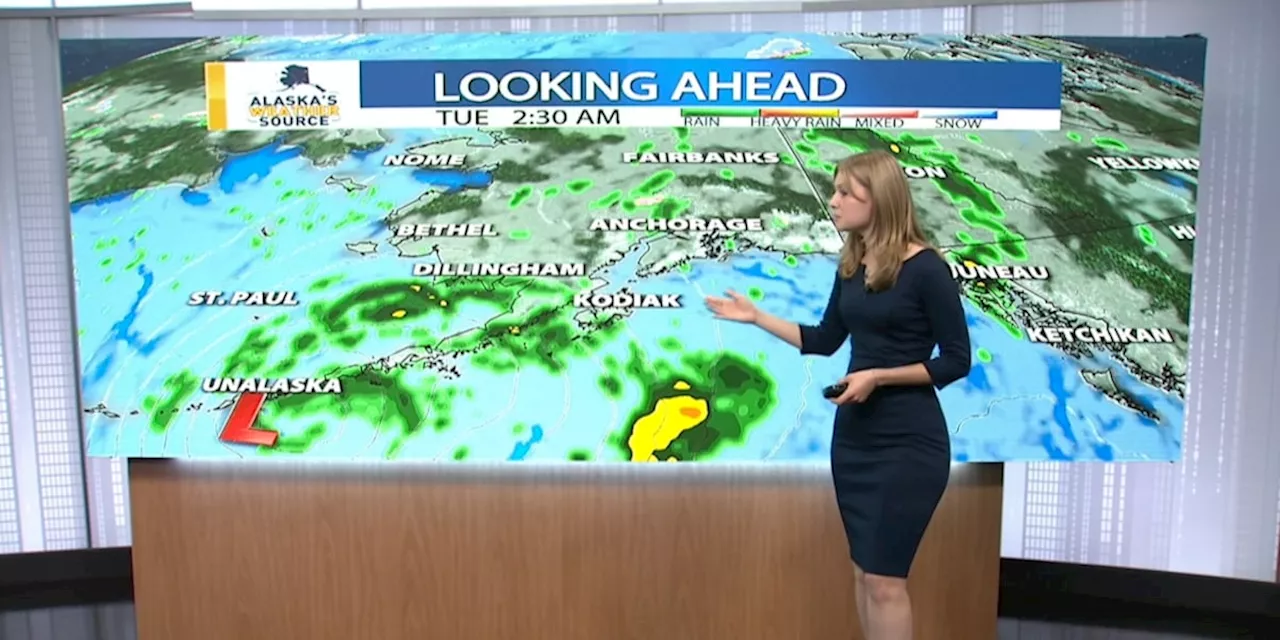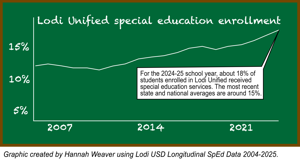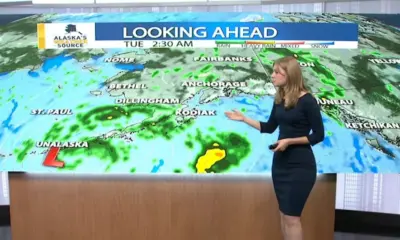Education
Alaska Students Show Stagnant Test Scores in Key Subjects

Recent test results from the Alaska Department of Education reveal that students in the state have made little progress in reading, math, and science. The findings indicate a concerning trend as policymakers explore strategies to enhance the performance of Alaska’s educational system.
Alaska’s students have consistently faced challenges in standardized testing. In the latest assessment, only 35% of students demonstrated proficiency in reading, 31% in math, and 29% in science. These figures reflect a stagnation in academic performance, raising alarms among educators and stakeholders.
Policy Discussions Intensify
The lack of improvement in test scores has prompted a renewed focus on educational policy reform. State leaders are debating various initiatives aimed at addressing the shortcomings within Alaska’s schools. Among the proposed solutions are increased funding for educational resources, enhanced teacher training programs, and the implementation of new curricula designed to engage students more effectively.
According to the Alaska Education Department, “We must prioritize the needs of our students and ensure that they receive a quality education.” This commitment highlights the urgency of the situation, as prolonged stagnation could have lasting implications for student outcomes.
The debate occurs against a backdrop of broader national concerns regarding educational equity. Alaska, with its unique geographical and demographic challenges, faces distinct hurdles in delivering quality education to all students. Rural areas, in particular, experience difficulties in accessing resources and qualified educators.
Community Impact and Future Steps
The implications of these test scores extend beyond the classroom. Parents and community members express worry about the potential long-term effects on students’ futures. Concerns center around college readiness and competitiveness in a rapidly evolving job market.
In response to the test results, local advocacy groups are mobilizing to support educational initiatives. These groups aim to foster community involvement and awareness, pushing for a comprehensive approach to educational reform. They emphasize that collaboration between schools, families, and state officials is essential in driving progress.
Moving forward, Alaska’s policymakers face the critical task of not only addressing the immediate challenges highlighted by these test scores but also laying the groundwork for sustainable improvements. As discussions continue, the focus remains on creating an educational environment that empowers students and equips them for future success.
Alaska’s educational landscape is at a crossroads. With concerted efforts from all stakeholders, there is hope that the trends in test scores can be reversed, leading to brighter futures for the state’s students.
-

 Technology5 months ago
Technology5 months agoDiscover the Top 10 Calorie Counting Apps of 2025
-

 Health2 months ago
Health2 months agoBella Hadid Shares Health Update After Treatment for Lyme Disease
-

 Health3 months ago
Health3 months agoErin Bates Shares Recovery Update Following Sepsis Complications
-

 Technology4 months ago
Technology4 months agoDiscover How to Reverse Image Search Using ChatGPT Effortlessly
-

 Technology1 month ago
Technology1 month agoDiscover 2025’s Top GPUs for Exceptional 4K Gaming Performance
-

 Technology2 months ago
Technology2 months agoElectric Moto Influencer Surronster Arrested in Tijuana
-

 Technology5 months ago
Technology5 months agoMeta Initiates $60B AI Data Center Expansion, Starting in Ohio
-

 Technology5 months ago
Technology5 months agoRecovering a Suspended TikTok Account: A Step-by-Step Guide
-

 Health4 months ago
Health4 months agoTested: Rab Firewall Mountain Jacket Survives Harsh Conditions
-

 Lifestyle5 months ago
Lifestyle5 months agoBelton Family Reunites After Daughter Survives Hill Country Floods
-

 Technology4 months ago
Technology4 months agoHarmonic Launches AI Chatbot App to Transform Mathematical Reasoning
-

 Technology3 months ago
Technology3 months agoUncovering the Top Five Most Challenging Motorcycles to Ride





















